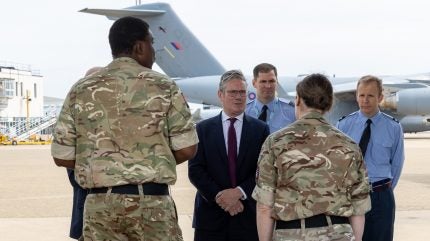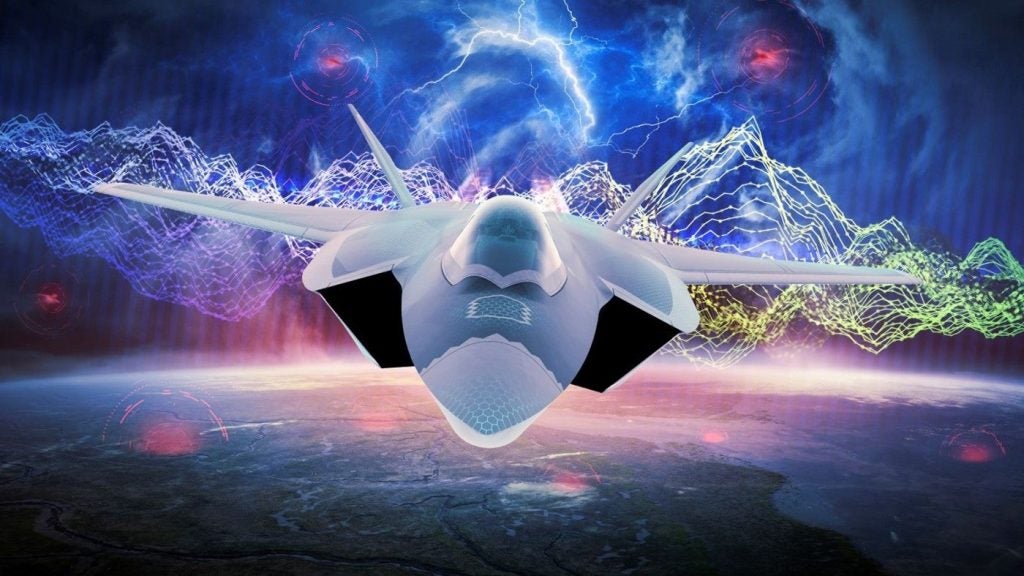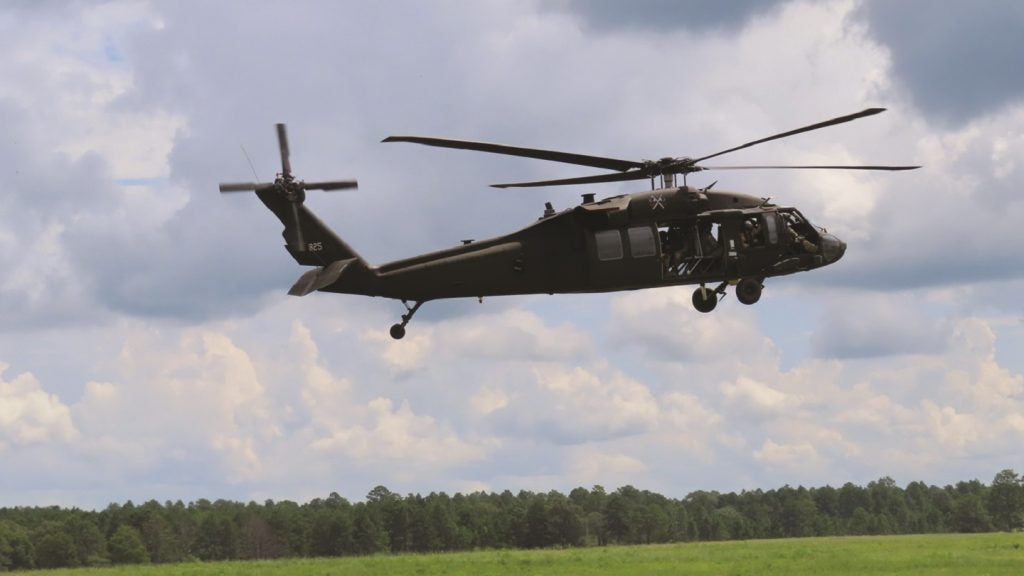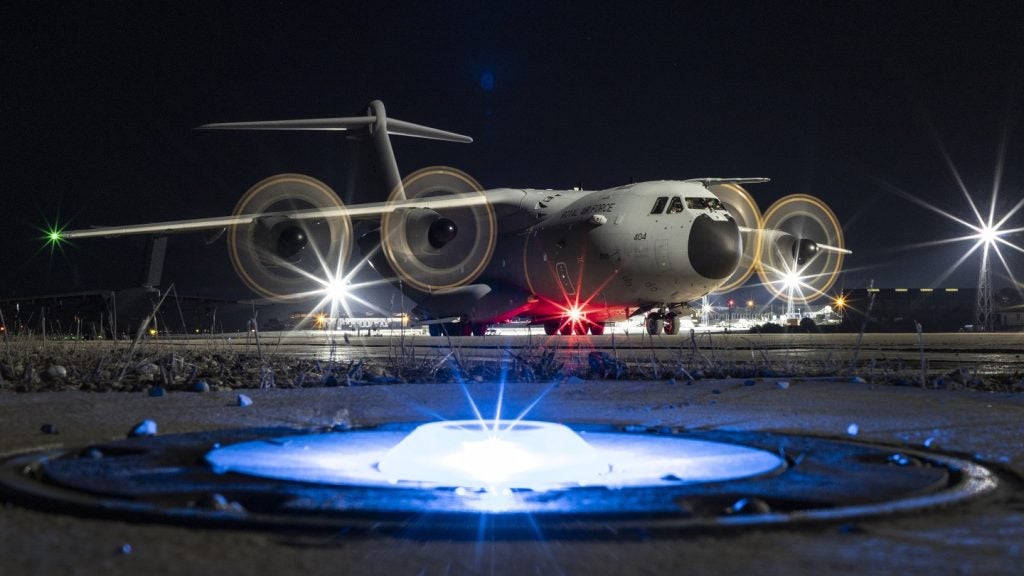
The new UK Labour Government, under Prime Minister Sir Keir Starmer and Defence Secretary John Healey, is set to implement reforms in the aerospace, defence, and security sectors following their election victory.
Key initiatives will focus on stabilising the defence budget amidst a looming fiscal black hole, with a commitment to increasing spending to 2.5% of GDP. A Strategic Defence Review will prioritise the UK’s military capabilities, particularly addressing the future of the Royal Air Force’s top three programmes.
Labour aims to renew national security while enhancing the Armed Forces’ infrastructure and personnel welfare, all while preparing for current and upcoming Nato commitments whilst continuing support for Ukraine.
Trilateral collaborations: UK, Italy, and Japan
The government, reinforced by Italian Minister Tajani’s recent discussions with Secretary of State Lammy, is committed to advancing GCAP by 2035, emphasising the trilateral collaboration with Italy and Japan to develop a sixth-generation fighter jet, Tempest.
This trilateral initiative aims to replace ageing aircraft like the Eurofighter Typhoon and ensure the UK maintains competitive military capabilities while also fostering close ties within NATO and the G7.
With more than £2bn allocated, progress is underway in electronics and systems integration. BAE is the prime contractor in the UK, and Rolls-Royce is developing the engines. Leonardo UK is the primary electronics manufacturer, and MBDA UK focuses on weaponry, as highlighted by GlobalData’s “UK Defense Market 2023-2028” report.
Former Conservative Defence Procurement Minister James Cartlidge, now Shadow Minister of Defence, reaffirmed the necessity of maintaining a strict timeline for GCAP while serving as the Defence Procurement Minister, discouraging additional partners to avoid delays despite Saudi Arabia’s push for inclusion.

New Medium Helicopter in UK Defence
The new UK Labour Government is poised to make decisions concerning the New Medium Helicopter (NMH) programme. Scheduled for a decision in 2025, the NMH selection hinges on social value and UK industrial capability, with a 25% weighting allocated to these factors.
Airbus, Leonardo, and Lockheed Martin are contenders, each offering distinct advantages: Leonardo proposes the AW149 with UK production, Lockheed Martin provides the Black Hawk promising UK assembly and export opportunities, while Airbus presents the H175M assembled in the UK.
According to GlobalData’s “UK Defense Market 2023-2028,” the choice between domestic offers and proven options like the Sikorsky S-70M will be crucial as the UK seeks to bolster its defence industrial base while meeting operational needs.
Additionally, the previous Conservative Government committed to ensuring ongoing support for the Puma Mk2, which the New Medium Helicopter (NMH) programme is supposed to replace, until 2028, which may affect the NMH timeline.

Expansion of the A400M Atlas fleet
Following the induction of all 22 A400M Atlas aircraft, the RAF aims to expand its operational versatility. Recent tests have included low-level parachuting and heavy cargo airdrops. During the next five years of the Labour Government, the RAF will likely invest in modernising its fleet.
According to GlobalData’s “UK Defense Market 2023-2028” report, further investments in expanding the A400M fleet were anticipated under the Conservative Government to meet growing operational demands as the RAF expands its global footprint. This includes addressing the limitations of retiring platforms like the C-130J and ensuring the A400M effectively meets the UK’s expanding operational demands supporting both tactical operations and humanitarian missions.
The Atlas is expected to offset the loss of the retiring C-130J fleet. It can transport 37 tonnes in excess of 2,000 nautical miles and operate in austere environments. The aircraft’s capabilities include air-to-air refuelling and low-level parachuting, which are important for modern military operations.

Balancing fiscal prudence with military modernisation
The new UK Labour Government, led by Prime Minister Sir Keir Starmer and Defence Secretary John Healey, faces a critical decision-making period for the Royal Air Force’s top programmes. Prioritising the NMH programme, they must balance domestic production benefits with proven capabilities.
The Labour Government’s approach to the RAF’s top programmes—GCAP, NMH, and A400M—signals a focus on balancing fiscal prudence with military modernisation. Labour’s commitment to increasing defence spending to 2.5% of GDP reflects their emphasis on strengthening military infrastructure.
Ensuring the advancement of the Global Combat Air Programme (GCAP) and expanding the A400M Atlas fleet will be necessary. Balancing budgetary constraints with investments, the Labour Government’s defence strategy emphasises a dual focus on national security and supporting the UK’s defence industrial base, ensuring capabilities and economic benefits.




